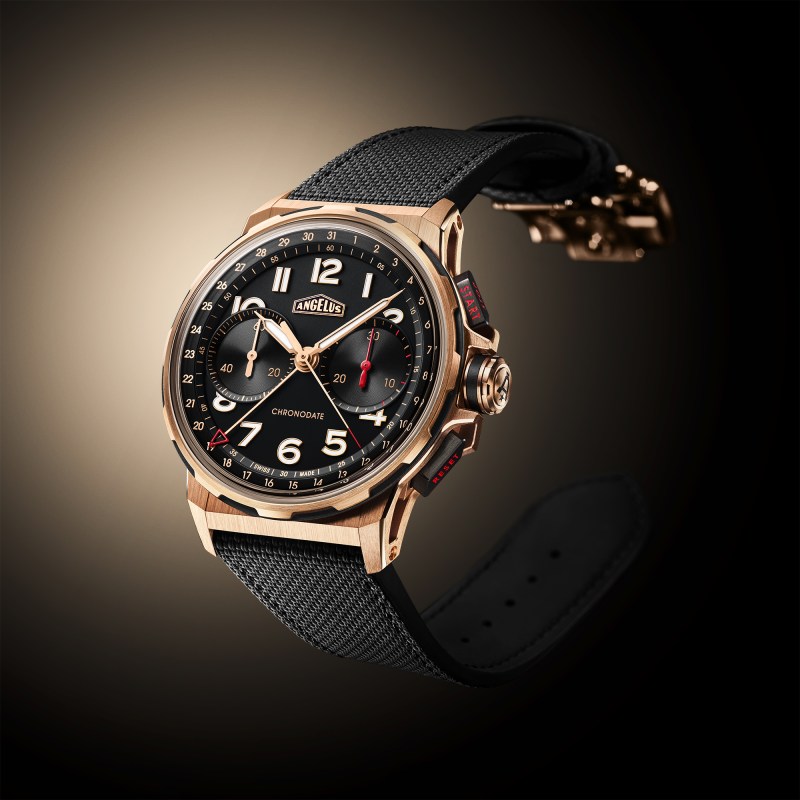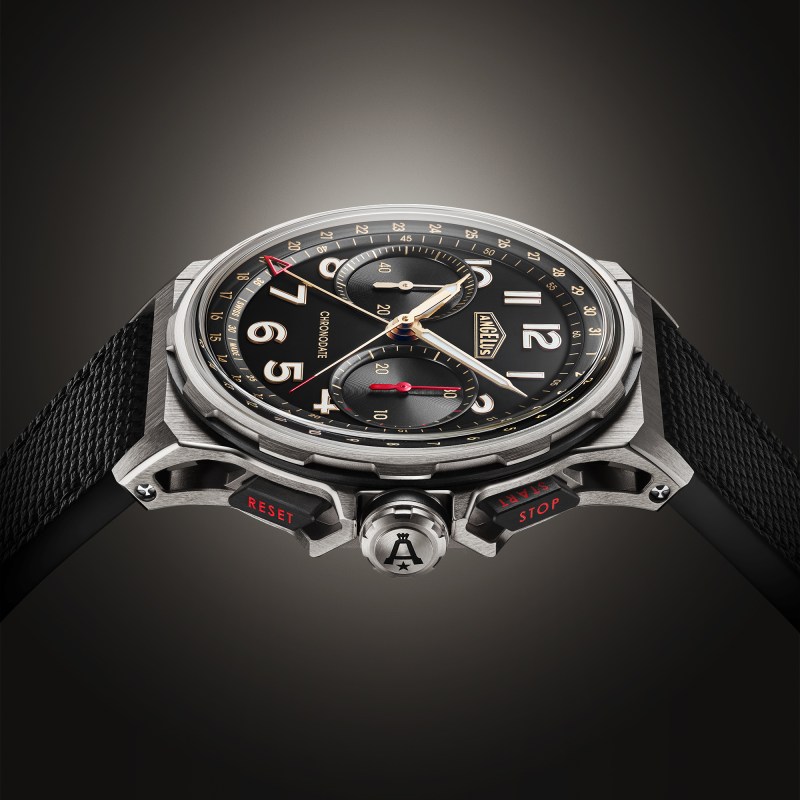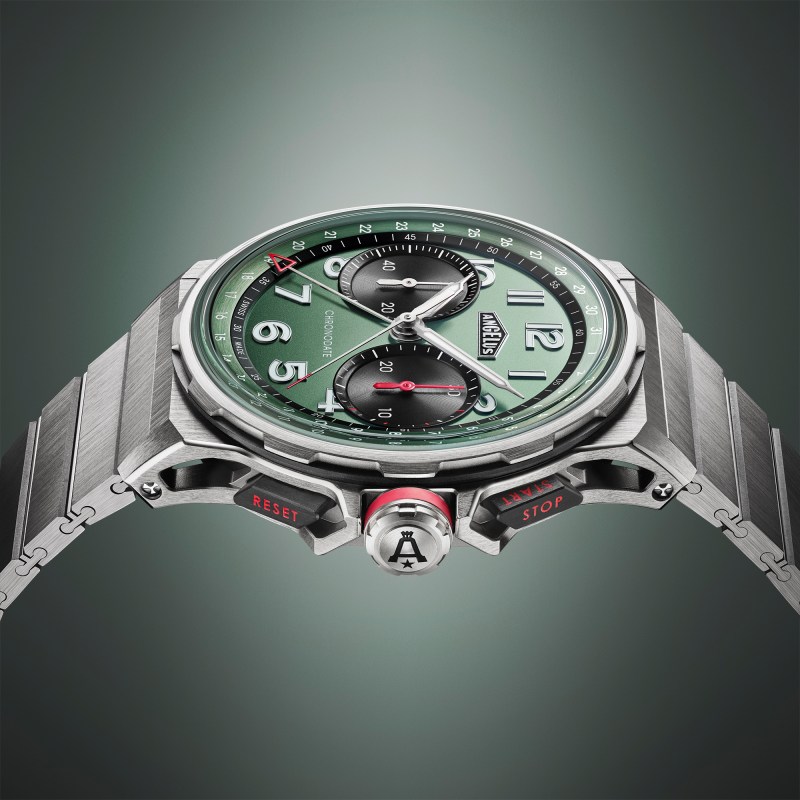There are dozens of watch companies to choose from when looking for something unique and different to add to your collection. There are also just as many that can give you something of class and sophistication that stood the test of time and will still be striking and stylish when you go to pass it down to your children. One of the premiere makers of luxury watches to unveil a new and exciting watch for 2023 is Angelus. Their addition to the number of extraordinary timepieces to feast your eyes upon at Watches and Wonders 2023 is their second straight year of Chronodates.

To understand why the Chronodate is such a big deal for watch aficionados, you have to know where it came from. The Angelus company came about in the 1890s and became a leader in the industry in 1905 when it won a gold medal at the International Exposition in Paris. What kept the company going for over a century was the tendency to keep innovating without pause. They brought numerous cutting-edge creations to the watch market, including chronographs and repeaters. They made repeater timepieces without the customary crystal above the dial, designed for blind war veterans who could determine the time by touching the hands.
Around the beginning of World War II, Angelus dropped the first Chronodate. It was the world’s first serially-produced full calendar chronograph and featured a two-counter layout, two apertures displaying the day and month, and a pointer date hugging the edge of the dial. It was the company’s most considerable success of the entire century and became one of the most well-known timepieces for chronophiles. The company released many versions through the decades, including adding some new and exciting innovations. One of the most successful innovations was the introduction of the first bi-compax chronograph.

A bi-compax sports two dials on the face, one that counts the seconds typically at the nine position and the other counting minutes at the three position. This feature was perfect for running stopwatches and became a hit for Angelus.
Tragedy struck in the 70s and 80s when the “quartz crisis” caused many of the watchmakers of the time to fade into obscurity. Angelus stopped making watches altogether until they were bought by La Joux-Perret in 2011 and returned the name to the market. Last year, the company brought back the Chronodate for the first time in decades, a triumphant return of the company’s most famous watch.
This year at Watches and Wonder 2023, Angelus takes the Chronodate back to the beginning by recreating the classic for today’s world. They even added a vintage flare with a red arrow on the minute hand to make reading the time more manageable. Something that was found on older watches but went away as the industry grew and changed. The second hand also has a red tip.

Last year’s variations included red gold with a blue dial and titanium versions with the choice of blue or white dials. This year, they introduced a striking black dial and a vintage mint green color that harkens back to the old Army field watches they provided for the Hungarian Army in the middle of the 20th Century. The watch is available on a rubber strap with a fabric pattern or, for the first time, a titanium bracelet.
And the best part? These watches are not limited. While there was a slight hiatus from making watches for Angelus, fans can be happy that they have made their triumphant return.



